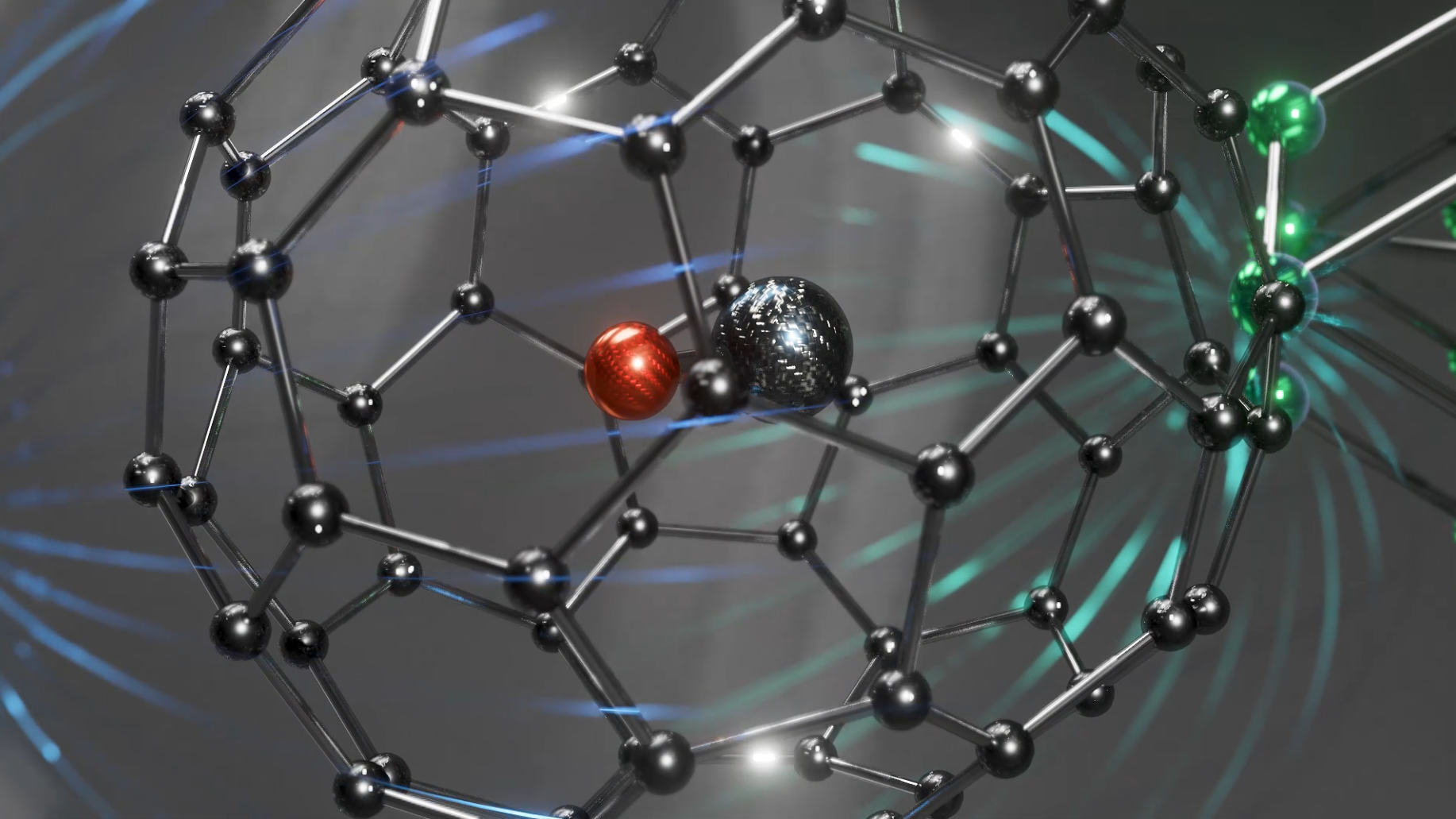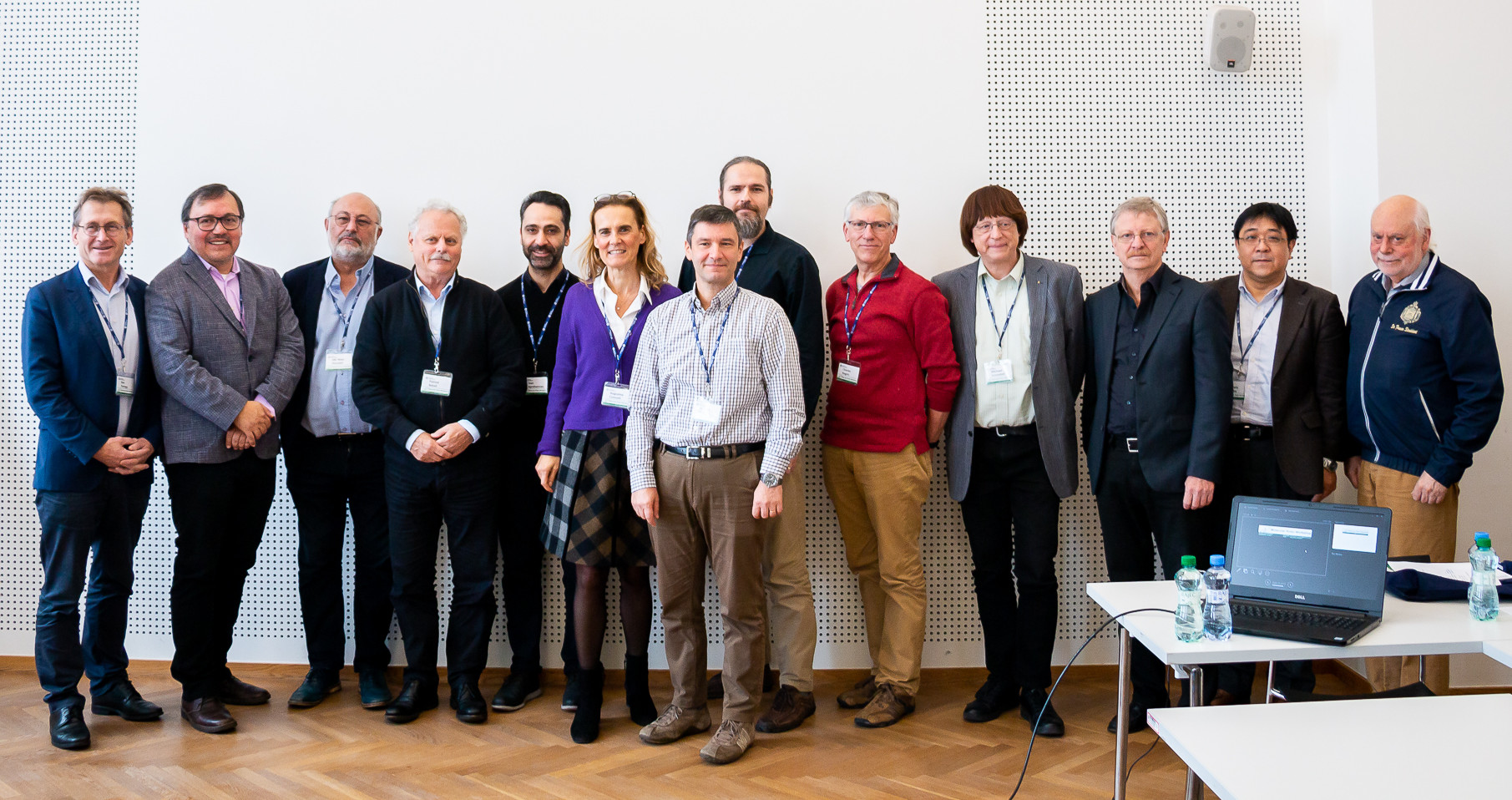Twitter feed
Folow us
Take the step towards a career in organic chemistry and biochemistry...
Publications
All publications
Fullerene-Based Switching Molecular Diodes Controlled by Oriented External Electric Fields
Journal of the American Chemical Society 141 (50): 19644-19654 (2019).
Employing multiscale in silico modeling, we propose switching molecular diodes on the basis of endohedral fullerenes (fullerene switching diode, FSD), encapsulated with polar molecules of general type MX (M: metal, X: nonmetal) to be used for data storage and processing. Here, we demonstrate for MX@C70 systems that the relative orientation of enclosed MX with respect to a set of electrodes connected to the system can be controlled by application of oriented external electric field(s). We suggest systems with two- and four-terminal electrodes, in which the source and drain electrodes help the current to pass through the device and help the switching between the conductive states of FSD via applied voltage. The gate electrodes then assist the switching by effectively lowering the energy barrier between local minima via stabilizing the transition state of switching process if the applied voltage between the source and drain is insufficient to switch the MX inside the fullerene. Using nonequilibrium Green’s function combined with density functional theory (DFT-NEGF) computations, we further show that conductivity of the studied MX@C70 systems depends on the relative orientation of MX inside the cage with respect to the electrodes. Therefore, the orientation of the MX inside C70 can be both enforced (“written”) and retrieved (“read”) by applied voltage. The studied systems thus behave like voltage-sensitive switching molecular diodes, which is reminiscent of a molecular memristor.
Exploiting the unique features of Zika and Dengue proteases for inhibitor design
Biochimie 166 : 132-141 (2019).
Charge Scaling Manifesto: A Way of Reconciling the Inherently Macroscopic and Microscopic Natures of Molecular Simulations
Journal of Physical Chemistry Letters 10 (23): 7531-7536 (2019).
Optimal Arrangements of Tetracene Molecule Pairs for Fast Singlet Fission
Bulletin of the Chemical Society of Japan 92 (12): 1960-1971 (2019).
2-Substituted 2′-deoxyinosine 5′-triphosphates as substrates for polymerase synthesis of minor-groove-modified DNA and effects on restriction endonuclease cleavage
Organic and Biomolecular Chemistry - (-): Early View (2019).






